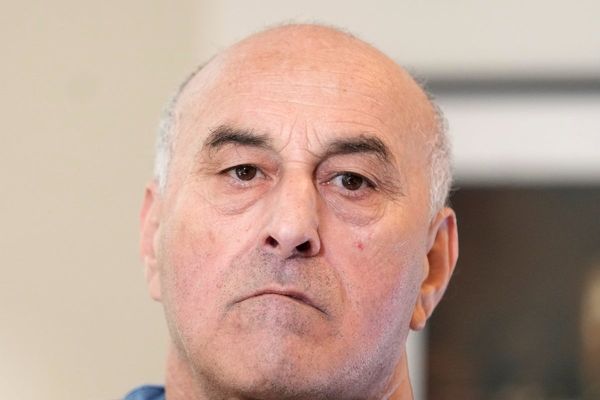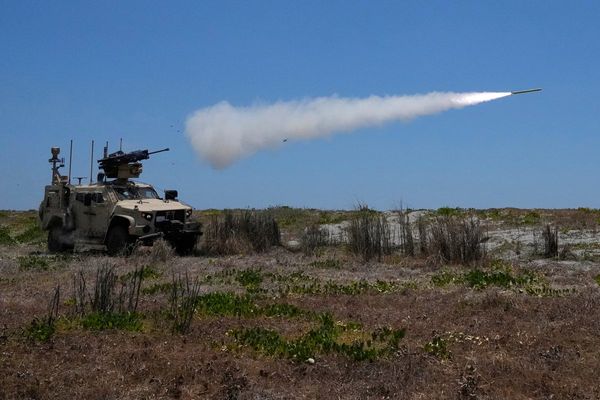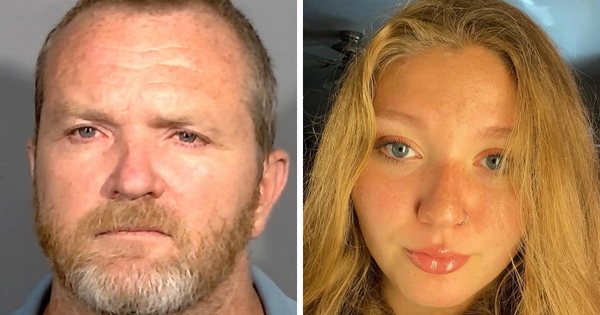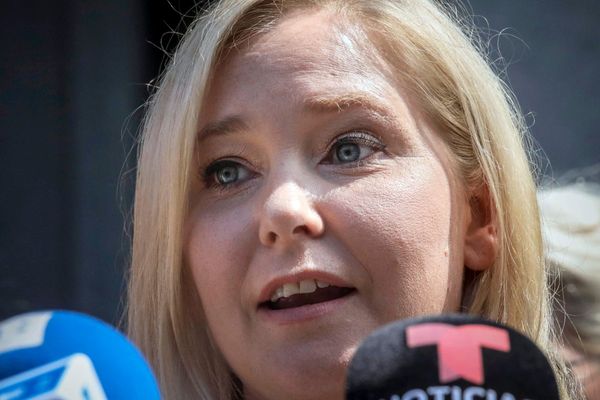The Nine Days begin today and with it the various restrictions that are meant to create a framework for remembering the destruction of a world that was, culminating in the fast of Tisha Be’av, when we heighten the experience by behaving like mourners with the additional deprivation of fasting and without the comfort that visitors during shiva provide. This three-week cycle beginning on 17 Tamuz uses a ritualistic framework – in this case that of increasing restrictions – to force us into a mindfulness of the past, present and future. Today we have the great fortune to observe this cycle from a place of strength and independence, but that was not always the case.
In fewer than 70 years the Jews of antiquity lost three major wars: the great revolt of 66-74 CE, which led to a major change in Jewish practice since there was no more sacrificial cult, priesthood or sacred center; the uprising of the Jews in Egypt and Cyprus (115-117 CE), which marked the end of the Golden Age of the Jews of Alexandria; and the Bar Kochba Rebellion (132-35 CE), which resulted in the prohibition for Jews to live in Jerusalem.
The initial rabbinic response was silence, presumably burdened by the weight of memory.
Stunned by the width and breadth of their grief, there was nothing to say beyond the primal, pain-filled, mortal cry of Lamentations itself. The rabbis of the tannaitic period did not write laments or seek refuge in apocalyptic ideas.
They devoted energy to creating a religious system to ensure the survival of Judaism. Silence is broken in the talmudic era (from 400 CE onward). Anecdotes, stories, dreams begin to emerge, many against the backdrop of biblical text using the format we call midrash – to interpret.
Through midrash, the rabbis seek answers and resolutions to some of the inexplicable issues raised by the destruction. In Leviticus Raba 20:5, the midrash questions the death of Aaron’s sons, Nadab and Abihu, on the eighth day of commemorating the Tabernacle. It introduces the voice of God struggling to reconcile with His own course of action: “Shall the sons of Aaron not be even like his rod which entered dry and came out full of sap?” The death of the innocent is presented through the images of the violent Roman destruction of the Temple. “The wicked Titus entered the interior of the Holy of Holies with his sword drawn in his hand. He cut into the curtain and his sword came out full of blood. He [Titus] entered in peace and departed in peace, yet the sons of Aaron came in to offer incense and came out burnt...” The midrash, with God as the narrator, questions how wickedness and bloodshed can go unpunished while the righteous are cut down.
The idea of God suffering along with His people despite His own Divine decree to unleash such devastation onto the world is a prominent one. God says to the wicked (Leviticus Raba 20): “The righteous were never happy in this world of Mine, and you seek to be happy!” God Himself cannot be truly happy in this world. In Psalms it is written, “The Lord will rejoice” (Psalms, 104:31), as much as to say: God will only in the Time to Come rejoice in the works of the righteous, but He will not rejoice in this world because of the suffering and pain of His people. Joy can turn to mourning instantaneously and we, together with God, live in the precarious fragility of that awareness throughout our lives.
But within the darkness of the discussions there also emerge glimmers of consolation and hope as the texts move us towards rebuilding a relationship with God as His chosen people.
The Talmud tells a story in Tractate Brachot 3a of Rabbi Yossi who seeks to enter the ruins of Jerusalem to pray despite both physical and spiritual danger and rabbinic warnings against entering such ruins. People are drawn to the Temple ruins in the aftermath of destruction, and Rabbi Yossi is no exception. As the story reveals, Rabbi Yossi is not only searching among the ruins for the world that was, he is seeking out a Heavenly voice that weeps three times a day in anguish over the Divine destruction of the Temple and exile of His people. The story, however, continues with the perceptive words of Elijah the Prophet, who comes to teach Rabbi Yossi that there is something greater than witnessing the Heavenly grief over the loss. He reveals to him that, “when Israel enters synagogues and study halls and answers, ‘May His great name be blessed,’ the Holy One, blessed be He, shakes his head and says, ‘Happy is the king who is thus praised in his house.’ Woe to the father who exiled his children and woe to the children who were exiled from their father’s table.” God’s voice pities the father who exiled his children, along with the children exiled, but there is happiness now for the king who is praised in his house by his people. Rabbi Yossi is taught that the commemoration of the Temple continues in the space of the synagogue and study hall, where there is renewed interaction with the Divine. This refocusing of the mourning away from the Temple itself, and into the synagogues and study halls, was so successful that we feel the rebuilding of God’s house through every act of prayer and study of Torah that we undertake. It preserved the yearning for the return to the land and to the sacred space of Jerusalem after 2,000 years of exile.
Ironically, as a result, for many Jews there is difficulty to find contemporary meaning in this period of time. We have Jewish independence in the Land of Israel.
We are living in a rebuilt Jerusalem with freedom of worship and more Torah learning than ever in Jewish history. Nonetheless, these nine days allow us to mindfully remember the destruction of what was, the thousands of years yearning to return and, finally, the transformative power of rebuilding and reconnecting.
The writer teaches contemporary Halacha at the Matan Advanced Talmud Institute. She also teaches Talmud at Pardes along with courses on Sexuality and Sanctity in the Jewish tradition. She lives in Gush Etzion with her husband and four daughters.







